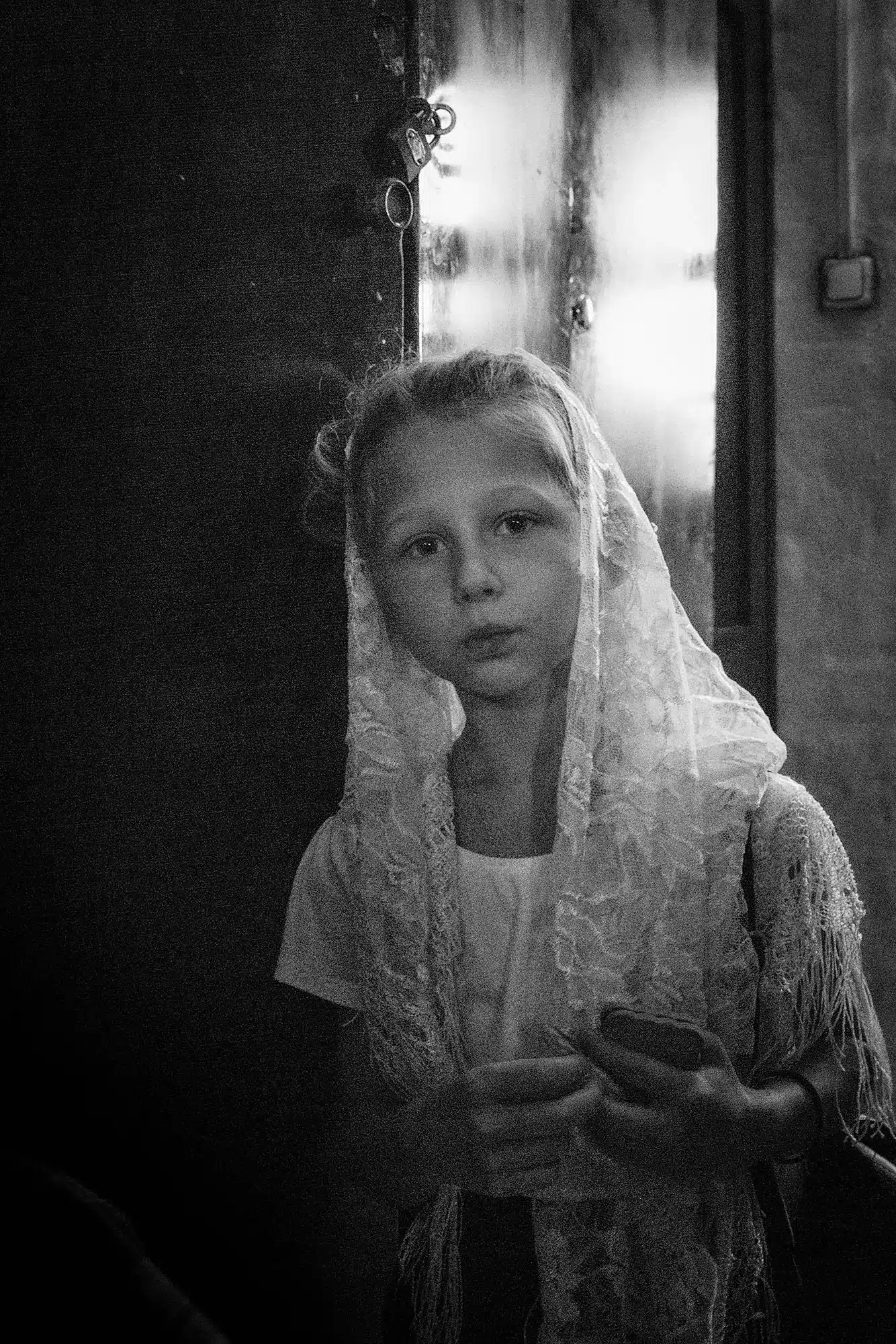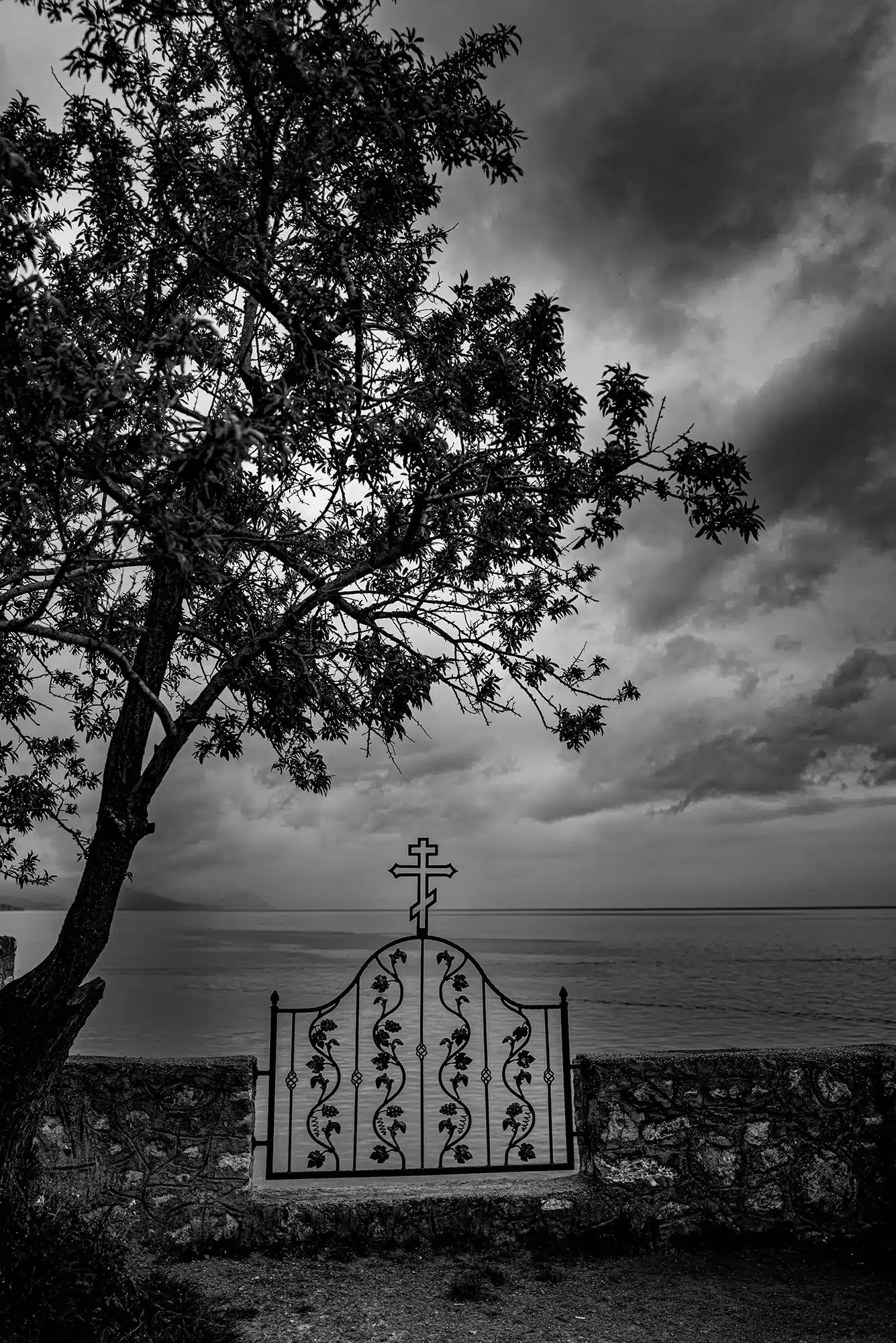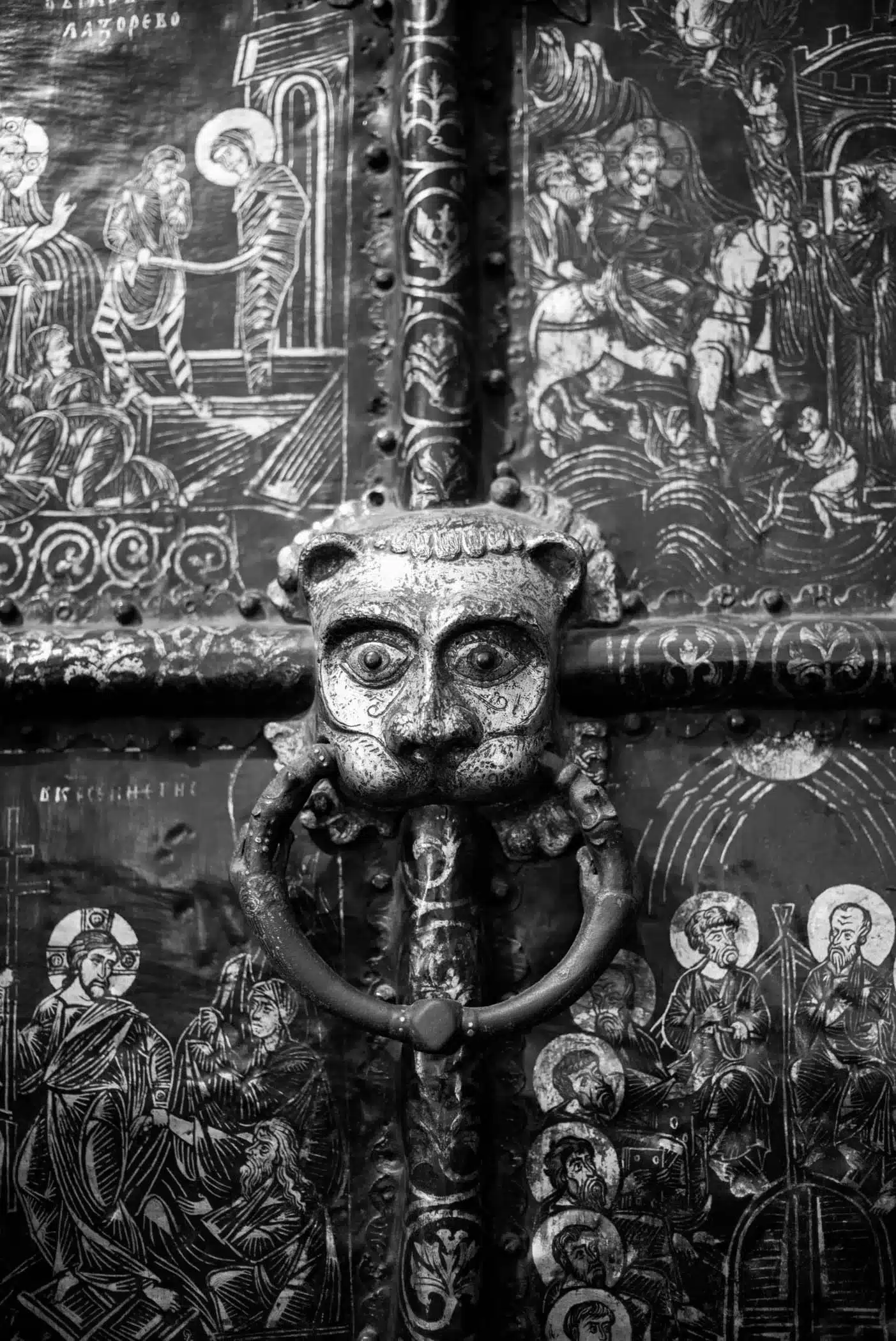Past Exhibitions
Spirituality in Eastern Christianity: Images of a Living Tradition
September 22, 2023—March 3, 2024
Spirituality in Eastern Christianity: Images of a Living Tradition
September 22, 2023—March 3, 2024
The Icon Museum and Study Center presents Spirituality in Eastern Christianity: Images of a Living Tradition, an exhibition of photographs by Alain de Lotbinière, September 22, 2023–March 3, 2024. The 26 images that compose this exhibition were taken during the course of several trips to Northern Macedonia, Serbia and Russia, as well as during visits to sites in Turkey and Egypt.
The history of the Eastern Orthodox and Oriental Churches trace their roots to the very earliest days of Christianity, such that by the fourth century CE it had taken root not only within the Roman and Byzantine Empires, but also in countries that today include Syria, Iraq, Iran, India, Egypt and Ethiopia. The much later schism of 1054 CE that resulted in the separation of the Eastern and Western Catholic faiths, also resulted in fundamentally different expressions of spirituality as defined by their respective churches. Whereas in the Western Christian tradition it is taught that the way to know God is mainly through the word of the Bible and the light of human reason, the Eastern approach is decidedly experiential, the image of God being contained in the “Nous”, or heart, of a person’s being. Eastern Christian spiritual traditions teach that it is through the experience of the Holy Mysteries that a direct knowledge of God is possible, the emphasis in the West being on faith and intellectual reasoning.



“For those of us educated in the Western traditions of humanism and intellectual reasoning, it may be difficult to comprehend the Orthodox traditions when it comes to their reverence for icons, examples of which adorn this museum,” states de Lotbinière. “For the Orthodox believers, icons are not images that are worshipped in the traditional sense of the word, but rather images that are venerated, being seen as windows to the spiritual realm. This reverence is witnessed whenever we step into an Orthodox church, as hopefully some of these images succeed in conveying.”
The majority of the images were taken with Leica monochrome digital cameras, cameras in which the color filter array present in all other digital cameras is removed, thereby allowing more light, and consequently more detail, to be registered on the sensor. A distinct advantage in monochrome digital cameras is their ability to extract detail in very low light conditions, such as those present inside churches or monasteries. Another important advantage in using Leica monochrome digital cameras is their compact and noiseless design, lending themselves superbly to discreet photography in sensitive locations. Digital Silver Imaging photo lab printed and mounted the photographs.
Alain C.J. de Lotbinière is a practicing neurosurgeon who lives in Connecticut, USA. The son of a Canadian diplomat, his early education was formed in several European countries: Holland, France, Switzerland and the United Kingdom, before returning to Canada to complete his medical training in the field of neurosurgery. Photography runs deep in the family; his father having given him his first camera on his fourteenth birthday. His GGG grandfather, Pierre Gustave Joly de Lotbinière, acquired one of the first daguerreotype cameras from the Parisian optician, Noël Paymal Lerebours, and set off to the Middle East in 1839 to make photographic records of the ancient monuments in Greece, Syria, Palestine, and Egypt, several of which were published in 1842 as lithographs in Excursions Daguerriennes. Having just published a book based on his travels through medieval parts of Russia, de Lotbinère is currently working on a book focused on 19th-century travel to Egypt and its monuments.
“My interest in photography began early in my life as a way to document the many countries I visited as a child. Over the years it has grown into something of an obsession, a need to touch and at the same time be touched by the impressions that surround me. To be sensitive to what the fleeting moment can bring, to receive an image and be able to capture its essence. To be still in an ever-changing world of shadows and light, this is the special challenge that photography holds for me,” says de Lotbinère.